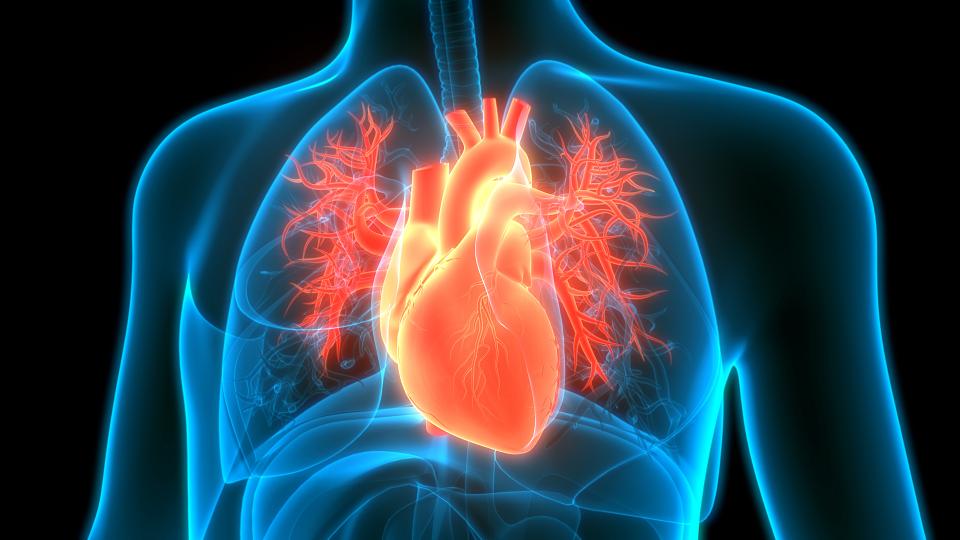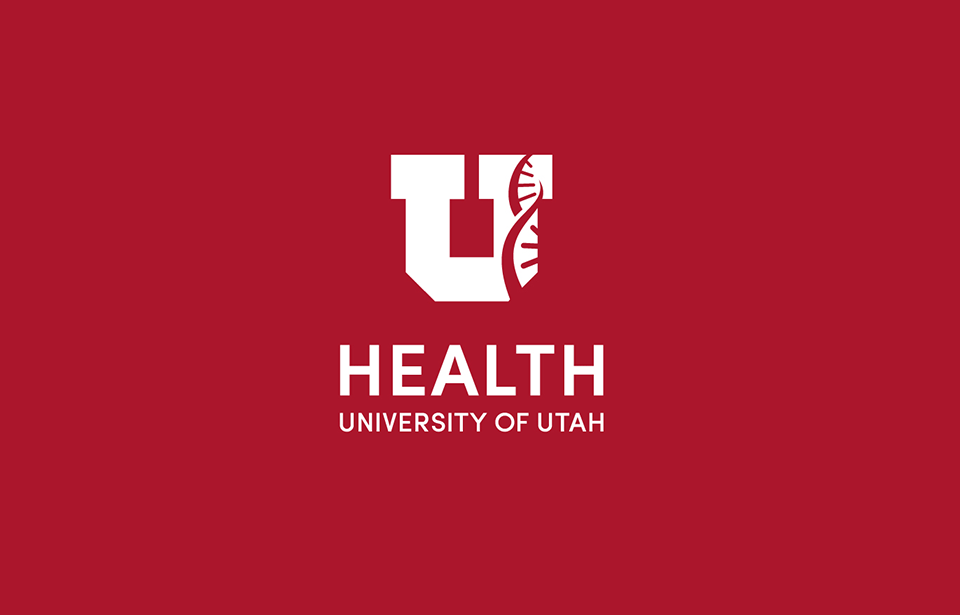
Abdominal Aortic Aneurysms: Awareness for Timely Management
An abdominal aortic aneurysm (AAA or “triple A”) is a potentially life-threatening condition where the aorta, which is the body’s main artery, becomes enlarged in the abdomen. This condition can be difficult to detect, as the aneurysm often grows slowly and can be asymptomatic. However, early detection and medical intervention are key in preventing dangerous outcomes, such as the aneurysm rupturing, which can lead to death.
Early Detection Is Crucial
Some people may experience abdominal or back pain, but AAAs typically progress silently. Catching them early and proper medical management can be lifesaving.
AAA cases usually don't show symptoms until they become severe. Screening can detect asymptomatic conditions, allowing for elective treatment before emergencies arise.
Certain populations are more at risk for AAAs. Knowing if you fall into an at-risk group can help you determine if you should be screened for this condition.
You are at a higher risk of developing this condition if you:
- Use tobacco
- Are between the ages of 65 and 75, particularly if you are a male
- Have a family history of AAA
- Have other aneurysms
- Have high blood pressure
- Have an infection in the aorta
- Experienced physical trauma, such as a car accident
It’s important to note that tobacco use is the main risk factor for developing this condition.
“Smoking causes inflammation in the wall of the aorta, which weakens the wall,” says Cali Johnson, MD, a vascular surgeon at University of Utah Health. “Smoking affects all arteries, but the larger the artery, the weaker it becomes as it starts to grow.”
People between 65 and 75 years of age who smoke or have smoked cigarettes, or have a family history of the condition, are encouraged to undergo a one-time AAA screening.
The Screening Process and Next Steps
AAAs are often found by accident when a patient is getting a CT scan for an unrelated condition. If you have risk factors, an abdominal ultrasound is the most common method to diagnose AAAs.
Once you are diagnosed, the size of your aneurysm determines next steps and treatment options. If your aneurysm is small, your doctor will monitor its growth over time, usually with regular ultrasounds or CT scans.
If the aneurysm has grown larger than 5 cm in a woman or 5.5 cm in a man, your doctor will likely recommend surgery.
AAAs are surgically fixed in two ways:
- Surgically replacing the thinned-out blood vessel or enlarged area of the aorta.
- Using a specialized stent with fabric to reline the blood vessel in a minimally invasive way so that the thinned wall is no longer getting touched by the pressurized blood.
The type of surgery you get depends on factors such as:
- Location and size of the aneurysm
- Your age
- Your anatomy
- Other health conditions
Avoiding an Emergency
If you have symptoms of a ruptured AAA, it is a medical emergency that can lead to death and needs immediate treatment.
If your AAA ruptures, you may experience:
- A drop in blood pressure
- Sudden and severe pain
- Shock
The main symptom of a rupture is usually severe abdominal and back pain, which individuals haven't felt before. Approximately 50% of people don't survive the rupture before reaching the hospital, highlighting the critical need for early detection and intervention.
Life with AAA
A diagnosis of AAA may be scary, but University of Utah Health’s Aortic Disease Program is a leading center for innovative and specialized care tailored to your specific needs.
“There’s some evidence that if you have a hereditary form of this, you may have an aneurysm in other places, and we provide that comprehensive care,” Johnson says.
With early intervention and care from an aortic disease specialist, you can still live a normal and fulfilling life with a AAA.
Aortic Disease Treatment from the Aortic Disease Program
We deliver a collaborative approach to aortic care that ensures every patient journey, from the first appointment to rehabilitation, is expertly managed.



